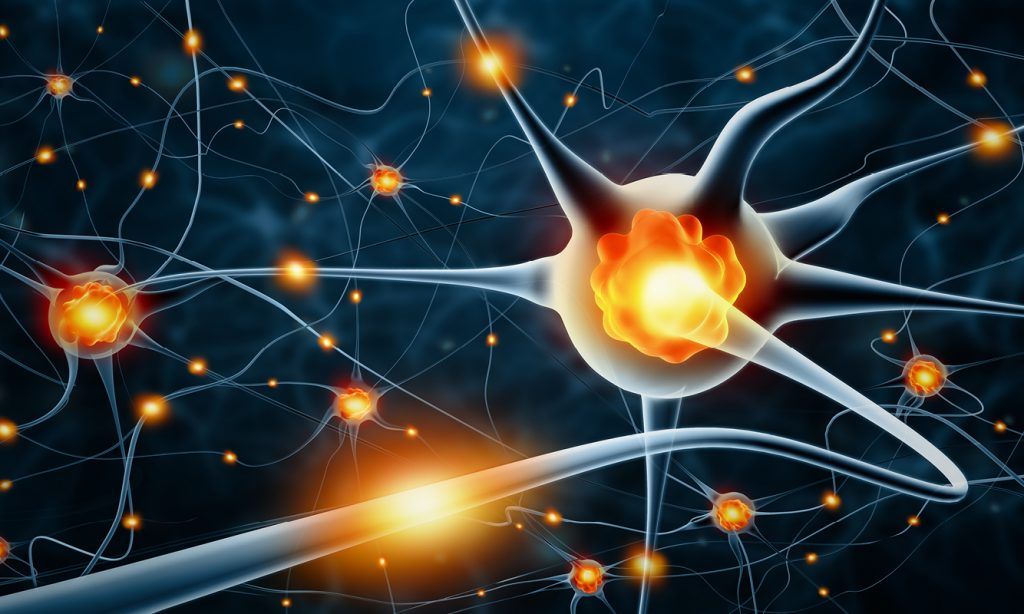
How Creativity can Form New Neural Pathways
Share
The Role of Creativity in Epigenetic Malleability
Now, let's explore how creativity can influence our epigenetic malleability and help us reshape our brains. Just like a muscle that grows stronger with exercise, our brains can undergo changes in response to our experiences and behaviours.
Here's how creativity plays a vital role in this process:
Stimulating Neuroplasticity
Creativity is like a workout for the brain—it challenges us to think in new ways, form connections between ideas, and adapt to changing circumstances. This process, known as neuroplasticity, refers to the brain's ability to reorganise itself by forming new neural connections. When we engage in creative activities, whether painting, playing music, or solving puzzles, we stimulate neuroplasticity, allowing our brains to become more flexible and adaptive.
Enhancing Cognitive Function
Creativity isn't just about producing art or music—it's also about exercising our cognitive skills and problem-solving abilities. Research has shown that creative tasks can improve cognitive function, memory, and decision-making skills. These cognitive benefits are evident in the short term and can have long-lasting effects on brain health and resilience as we age.
Regulating Stress Response
Creativity can also regulate our body's stress response, influencing our epigenetic landscape. Stress has been linked to changes in DNA methylation and other epigenetic modifications, which can have implications for mental health and well-being. Engaging in creative activities, such as writing, drawing, or practising mindfulness, can help reduce stress levels and promote relaxation, thereby modulating our epigenetic responses to environmental stressors.
Cultivating Emotional Resilience
Creativity provides an outlet for emotional expression and self-reflection, allowing us to process and constructively cope with challenging emotions. By expressing ourselves creatively, we can gain insight into our thoughts and feelings, build resilience, and foster a sense of emotional well-being. These emotional benefits of creativity can profoundly affect our epigenetic regulation, influencing how we respond to stress and adversity.
Creativity is a source of joy and inspiration and a powerful catalyst for shaping our brains and influencing our epigenetic landscape. Engaging in creative activities stimulates neuroplasticity, enhances cognitive function, regulates stress response, and cultivates emotional resilience. These adaptive changes in the brain can lead to lasting improvements in mental health, well-being, and creativity. So, whether you're doodling in a sketchbook, composing a symphony, or brainstorming ideas with friends, remember that you're not just creating art—you're shaping your brain and rewriting the story of your genetic destiny.

